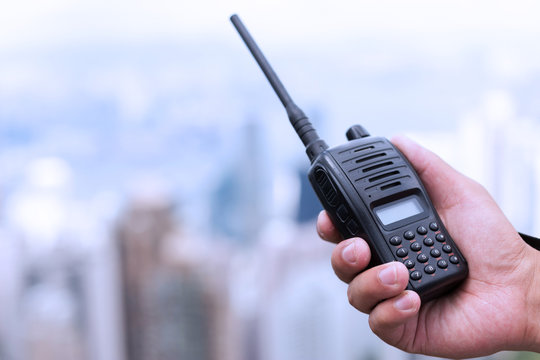Exploring the Drawbacks of Microwave Communication: Unveiling the Limitations and Challenges

Microwave communication has revolutionized the way we transmit data and information across vast distances. With its high-speed capabilities and wide coverage, it has become an integral part of modern telecommunications systems. However, like any technology, microwave communication also has its disadvantages. In this article, we will delve into the drawbacks of microwave communication, exploring its limitations and the challenges it faces.
- Limited Bandwidth:
One of the primary disadvantages of microwave communication is its limited bandwidth. Microwave signals operate within a specific frequency range, which restricts the amount of data that can be transmitted simultaneously. As the demand for higher data rates increases, the limited bandwidth becomes a bottleneck, hindering the overall capacity of the communication system. - Susceptibility to Weather Conditions:
Microwave signals are highly sensitive to atmospheric conditions, particularly rain, fog, and snow. These weather phenomena can cause signal attenuation and scattering, leading to signal degradation and potential loss of communication. In areas with frequent adverse weather conditions, the reliability of microwave communication may be compromised. - Line-of-Sight Requirement:
Microwave communication relies on a clear line-of-sight between the transmitting and receiving antennas. Any obstruction, such as buildings, mountains, or vegetation, can disrupt the signal path and cause signal loss. This limitation restricts the deployment of microwave communication in areas with challenging topography or dense urban environments. - Interference and Noise:
Microwave communication systems are susceptible to interference from various sources, including other communication systems, electronic devices, and even natural phenomena like solar radiation. This interference can degrade the signal quality, leading to data errors and reduced reliability. Additionally, noise generated within the communication system itself can further impact the overall performance. - Security Concerns:
Microwave communication signals can be intercepted and eavesdropped upon, posing security risks. Unlike wired communication systems, which are more difficult to tap into, microwave signals can be intercepted with relative ease using specialized equipment. This vulnerability raises concerns for sensitive data transmission, requiring additional security measures to protect the integrity and confidentiality of the communication.
Conclusion:
While microwave communication offers numerous advantages, it is essential to consider its limitations and challenges. The limited bandwidth, susceptibility to weather conditions, line-of-sight requirement, interference and noise, and security concerns are all factors that need to be addressed when deploying microwave communication systems. By understanding these drawbacks, researchers and engineers can work towards developing solutions and advancements to overcome these limitations, ensuring the continued improvement and reliability of microwave communication in the future.






